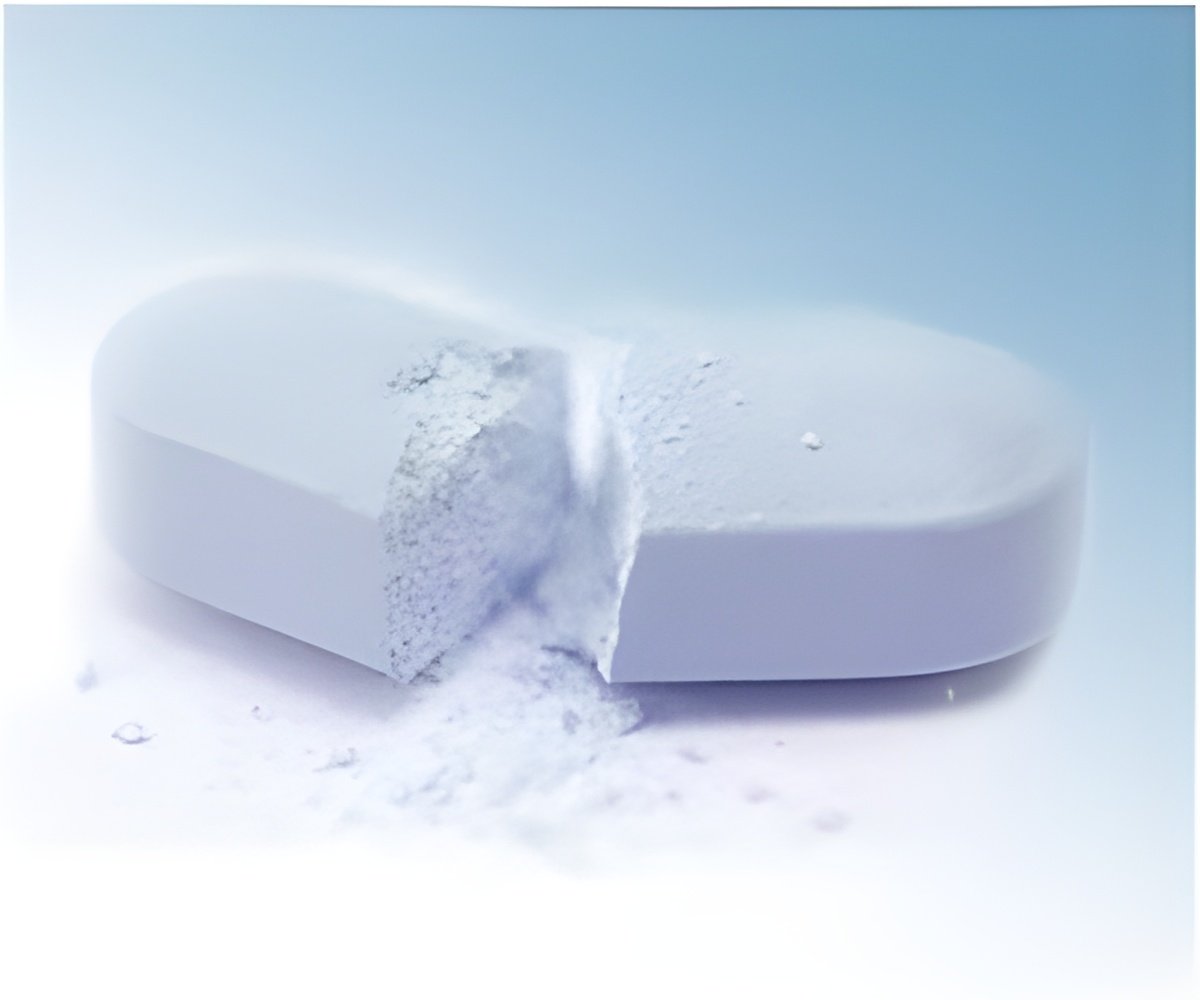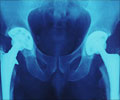
In a JAMA Ophthalmology paper published online April 18, David Sullivan, Ph.D., of Massachusetts Eye and Ear/Schepens Eye Institute in Boston, Mass., and Tannin Schmidt, Ph.D., at the University of Calgary in Canada, examined human tissues and cells to determine whether the glycoprotein lubricin is produced by the ocular surface (the anterior segment, or front part of the eye, which includes the cornea and conjunctiva).
Their research demonstrated that ocular surface cells produce lubricin, which prevents friction between the cornea and conjunctiva, reducing shear stress (such as during eye blinking) to prevent eye injury at the ocular surface. Furthermore, they demonstrated that lubricin deficiency in the eye contributes to corneal damage.
Findings from the study also demonstrate the presence of lubricin mRNA (the genetic material necessary to create lubricin) in a number of exocrine, urinary and reproductive tissues (salivary, bladder, cervical/vaginal & uterine), suggesting that lubricin could play a similar role throughout the body.
"These novel findings hold promise not only for treatment of conditions such as dry eye disease, or complications from contact lens wear and refractive surgery," said lead author Dr. David Sullivan, who is also the Founder of the Tear Film & Ocular Surface Society. "They are also encouraging for the possible treatment of postmenopausal vaginal atrophy and other disorders that occur more commonly in women, such as xerostomia and interstitial cystitis."
"This is a new and exciting area of research for my laboratory," said Dr. Tannin Schmidt, who is jointly appointed in Kinesiology and Biomedical Engineering, "I am excited to see where this discovery leads us in terms of potential new therapies as well as novel contact lens materials that help improve biocompatibility and extend the length of time you can wear your lenses."
Advertisement
Source-Eurekalert










